
What is EOE?
Yes, it’s a long word … Eosinophilic Esophagitis
Eosinophilic esophagitis (EoE) is a chronic immune-mediated condition characterized by the accumulation of eosinophils, a type of white blood cell, in the esophagus. This disorder often manifests through symptoms such as difficulty swallowing, food impaction, and chest pain, which can significantly impact quality of life.
EoE is commonly associated with allergies and certain foods, leading to inflammation and damage to the esophageal lining. Diagnosis typically involves endoscopic examination and biopsy to assess eosinophil counts.
Treatment may include dietary modifications, medications to reduce inflammation, and in some cases, dilation procedures to alleviate esophageal strictures. Managing EoE often requires a comprehensive approach tailored to the individual patient's needs.


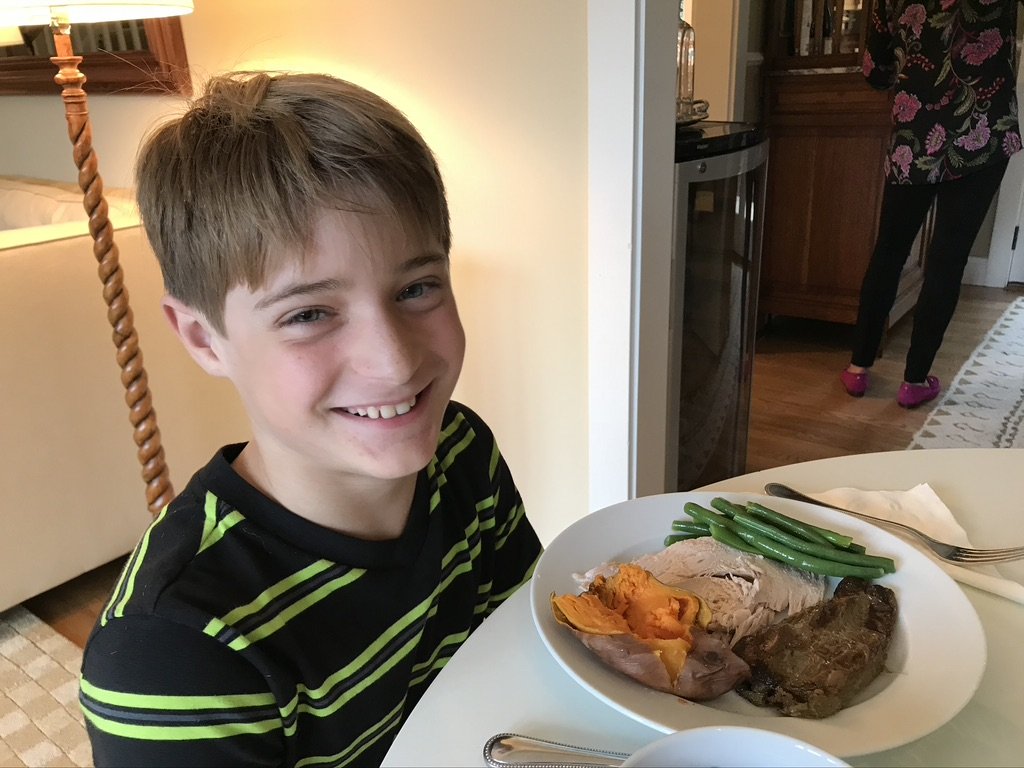


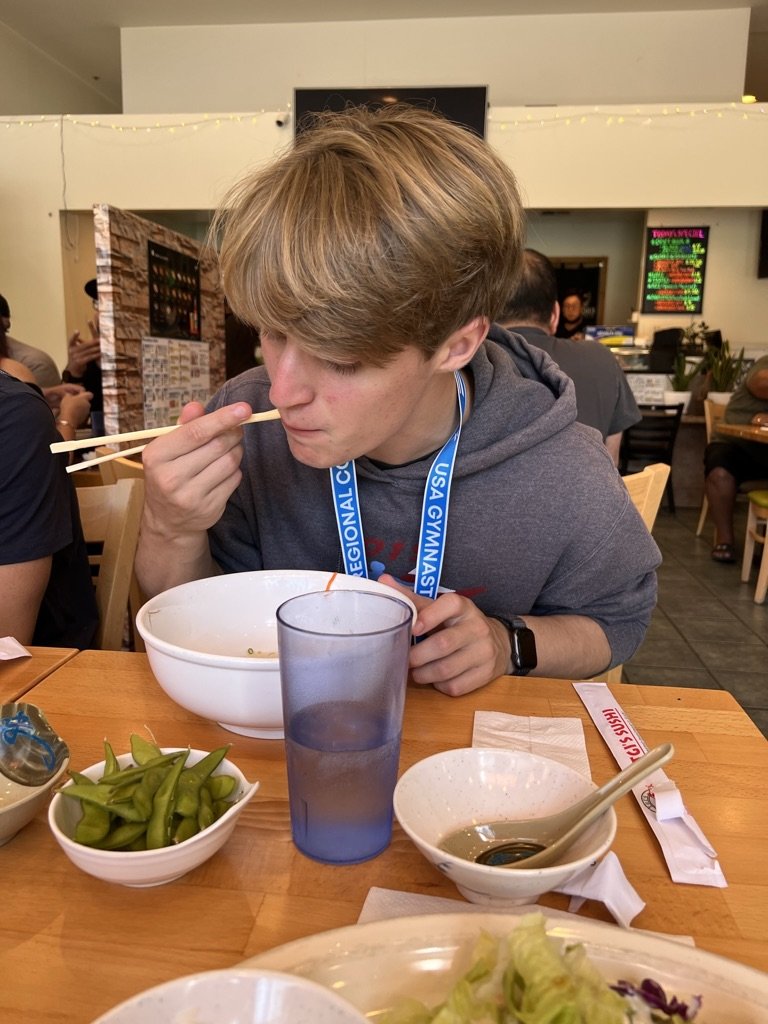
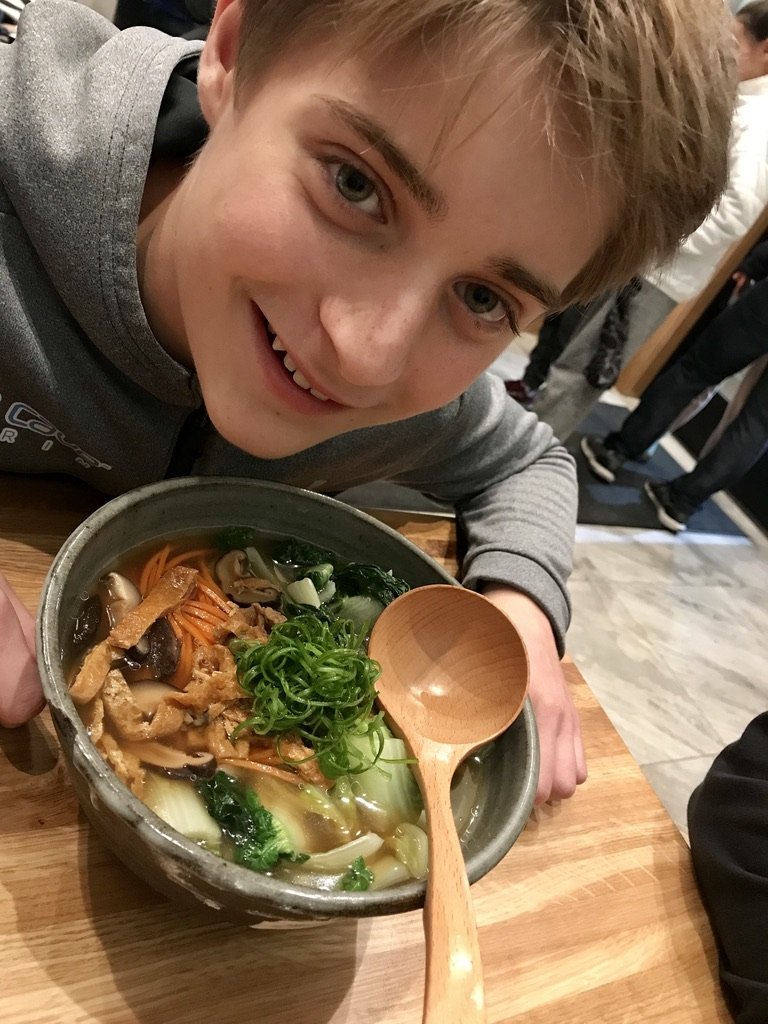
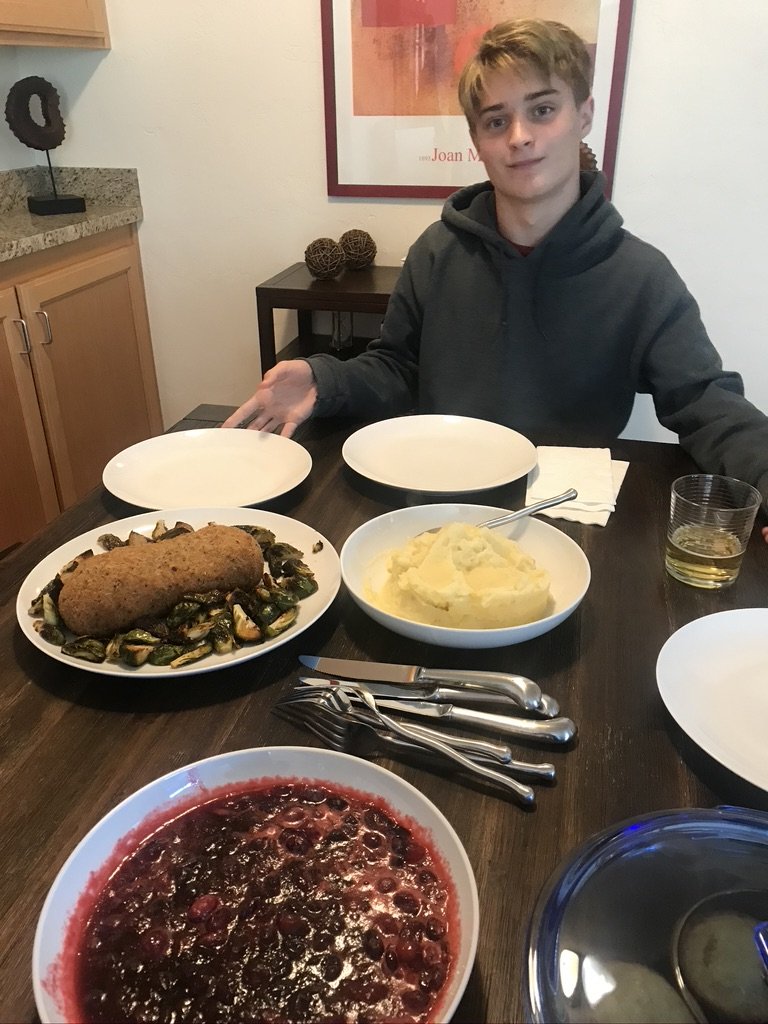
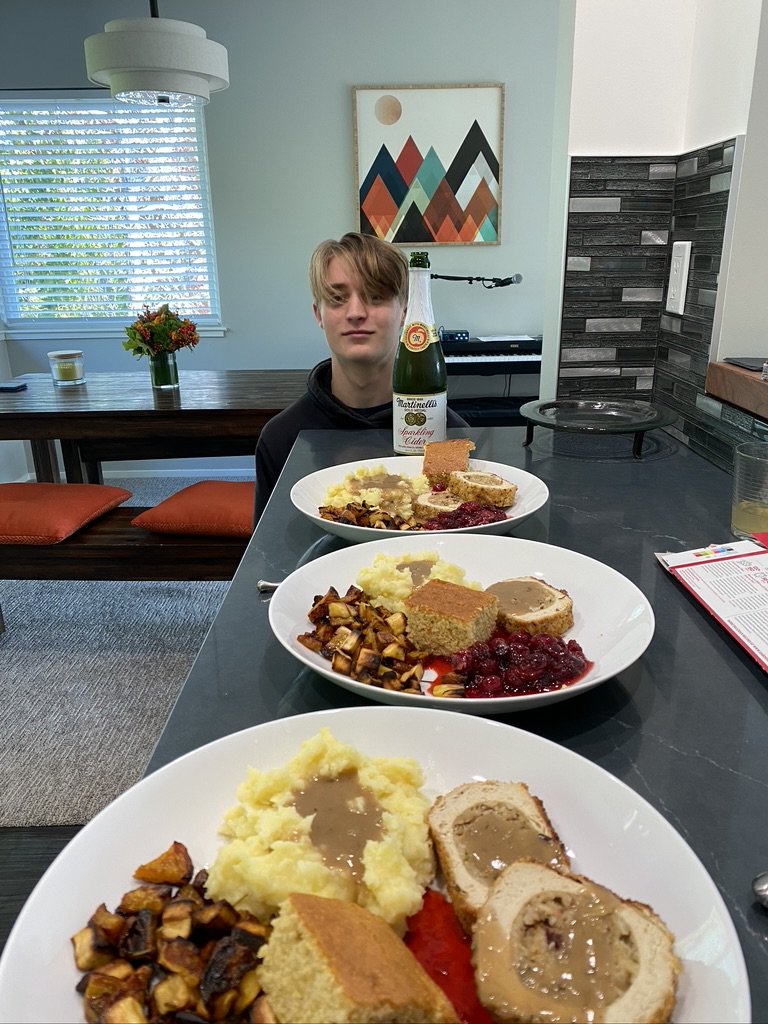
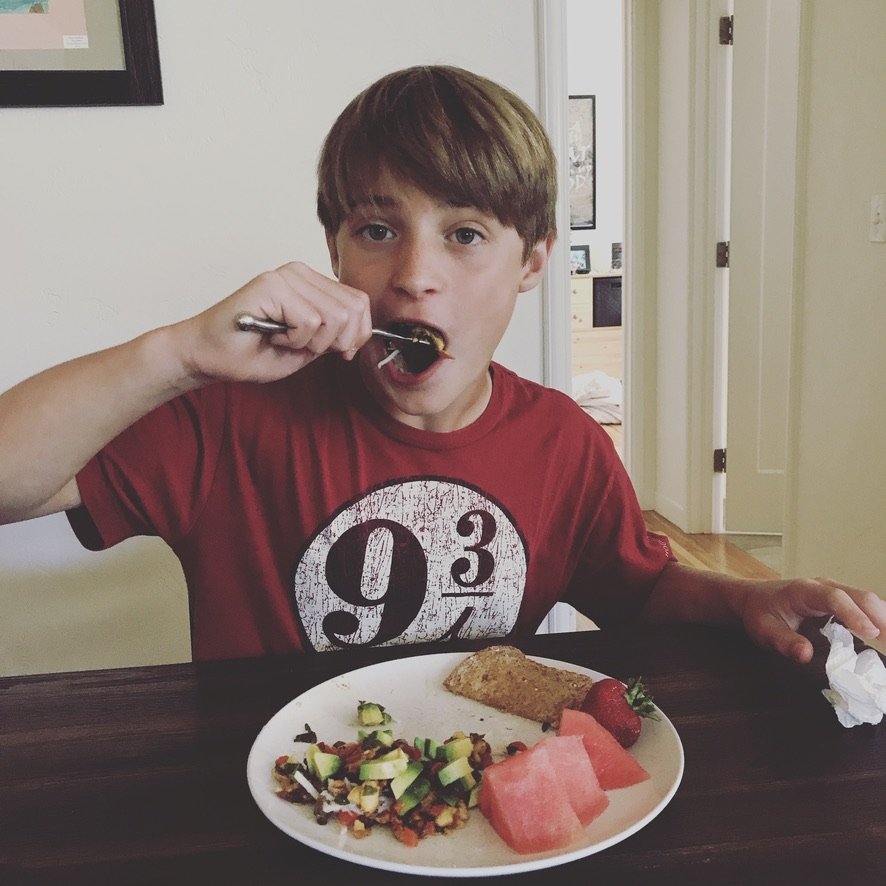
What did my doctor say when I was young?
The following is a report from my doctor describing my early life with EoE [that I have NO recollection of!]
“Bryce was delivered at term with a birth weight of 6 pounds 11 ounces. The pregnancy, labor and delivery were uncomplicated. He was breast-fed for about 14 months. He had gastroesophageal reflux early on and was placed on Zantac by 6 months of age. At night, he was often up crying. Food introduction initially went relatively well, but he was always irritable and upset. These symptoms did not resolve with Zantac use. His mother returned to work when he was approximately 1 year of age. They attempted giving him cow's milk, but he could not keep it down. They saw a pediatrician when he was about 1 year of age and an ImmunoCAP to milk was sent and was apparently positive. They were seen by a dietitian who suggested that he be fed PediaSure, which has casein in it. He was eventually diagnosed as failure to thrive. His mother could only nurse him only about three times a day at the time, because she was working. She had trouble keeping up with his caloric requirement. At about 1 year of age, he was also on a variety of other foods. He was off of all reflux medications. At the time he was eating foods that are now thought to be a problem including yogurt, egg, and certain fruits and vegetables. He also ate strawberry, apple and pear. He was primarily vomiting up the dairy products.
In November through December he remained on PediaSure. In January, he was seen by a gastroenterologist, who did a thorough evaluation and an endoscopy was performed that revealed 78 eosinophils per high-power field with other findings consistent with eosinophilic esophagitis. His parents think he was on Prevacid prior to the endoscopy, but cannot remember the exact dose or length of time he had been treated before the endoscopy. He was seen in Cincinnati for evaluation because of the diagnosis of eosinophilic esophagitis. An impedance probe was attempted, but he pulled out the probe after 45 minutes so they couldn't comment about the presence of gastroesophageal reflux. His mother was subsequently told to stop breast-feeding him. He was placed on Neocate and EleCare, but he vomited after taking them. He remained on these formulas from February through June, but continued to vomit frequently. They could not get him to take formulas alone, so they would mix them with baby food and spoon feed it to him. They would get the feeding down and within 20 minutes he would vomit it all back up. They also tried EO-28 Splash without much success. He was not gaining weight at the time, but was relatively stable otherwise. The only foods he was on were pear, sweet potato and the formula. Eventually, his father decided to design a formula specifically for him. He used, rice protein along with oat cereal mixed in addition to oatmeal, canola oil, agave and baby foods. They started with pear and apple and then added in sweet potatoes, squash, bananas and carrots. They have also added in berries, which he appears to tolerate. He did relatively well on that formula and began eating more and gaining weight. He stopped vomiting. They kept a daily diary and tried to determine which foods he could tolerate and which he could not. For example, they gave him avocado, but it did not go well. They worked with an allergist, but he preferred using an elemental formula. He had ImmunoCAPS performed in October of 2007. He subsequently had skin tests performed. They were then seen by a holistic physician who did provocation/neutralization intradermal skin testing and suggested they give him allergy shots to foods, which they did for only a short period of time. They subsequently spoke with Dr. Spergle who suggested discontinuing the shots as well. He was scheduled for another endoscopy in October, but this was canceled because they moved. He was subsequently evaluated in December of 2009 in Cincinnati with another endoscopy. He had been doing well and thriving on the formula. He vomited only with viral upper respiratory illnesses and increased mucus. He was tracking on the same percentile. His parents thought his endoscopy would likely look better, but he still had 30 eosinophils per high-power field, which was disappointing. He had not vomited for about six months prior to the endoscopy.
During this period, he had spent a good portion of the time in Florida with his mother, who was studying for a PhD. He began to have respiratory issues with coughing and some chest symptoms. While they were living in Florida they lived with his maternal grandmother who thought she was feeding him rice noodles, but was actually feeding him wheat noodles by accident, and did so for about three months. When they returned to see Dr. Franciosi in March they took the wheat, and sweet potato out of his diet. He was also getting another supplement that had a trace of crustacean in it. They were told to go back on elemental formula and debated whether or not to do it, but decided to do so. They returned to the Neocate Junior and EO-28 Splash with the same baby foods that had been negative on skin testing, such as apple, pear and oat. Dr. Franciosi had thought that the rice powder was possibly causing his symptoms. As a result, the rice was replaced with Neocate. Unfortunately, he did not tolerate the Neocate. His stomach would churn after he drank it and then he began vomiting again. He would have forceful episodes of vomiting and bowel movements were explosive but soft. He became more flatulent. They went back on their formula on July 17, 2010. He improved quickly. They did food trials including turkey and ham, but he did not tolerate them well.
Bryce is currently tolerating a variety of different textures. He eats some foods in their native state and others are placed in the formula that they purée for him. He is on a Prevacid SoluTab 7.5 mg twice daily. He was on Allegra 30 mg twice a day, but it did not make a difference. They have tried cetirizine and loratadine without significant symptoms. He had an episode of vomiting that began on February 14 and did not stop until last Tuesday. He has had a fever off and on. He has had increased nasal congestion and rhinorrhea. His nasal secretions have changed from clear to yellow to green and back to yellow and then became clear again. He had an episode of otitis media and was treated with Augmentin, which he finished on Sunday.
Bryce's parents bring him for an evaluation because they would like to develop an individualized plan of care. They would rather not use medications if possible and would like to pursue a dietary route.”